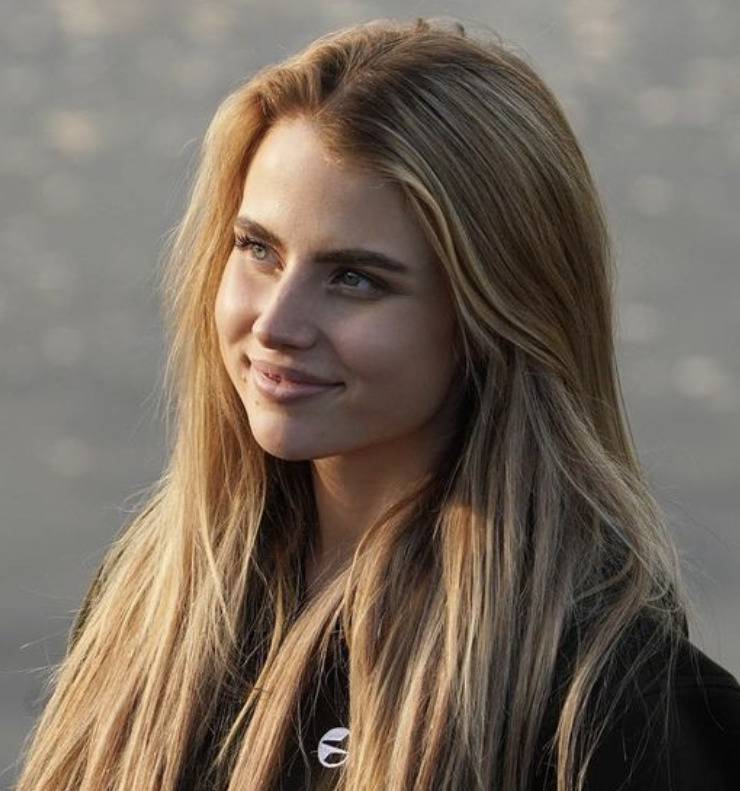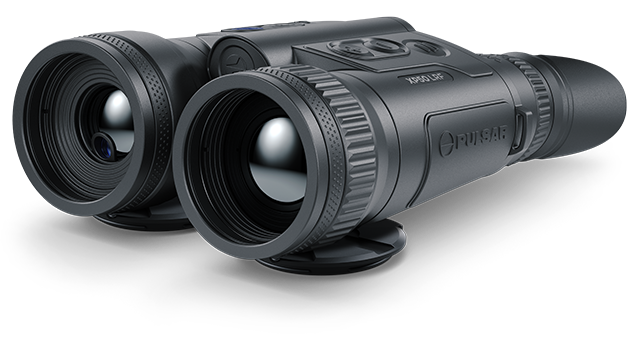
Lofoten is one of the most magical places on our planet. Moose, likewise, is one of the most majestic animals. Now, can you imagine hunting moose in the Lofoten Islands? We tried, and to make the image more realistic, we asked Andrea Lysvold for help. Born and raised on the islands, she told us everything about hunting moose in her homeland.
How did you get into moose hunting in the first place?
I have always been very fascinated by the moose, and hunting them seemed really exciting. When I got my hunting license, I started asking around if I could get on one of these hunts. Getting a spot on a moose hunt isn’t easy when it’s not in the family or if you don’t have a lot of experience. At first, I managed to join one of the local hunting teams as a driver.
In my second year, I got a spot on another team, where I was lucky to get a post, and during my first year as a hunter on that team, I shot 2 moose.
Last year, I got a spot on a great team that welcomed me to hunt on their grounds in the seasons to come.
The moose is the biggest animal I’ve hunted until now, and though I don’t consider myself a trophy hunter, it would be a dream come true to get a huge moose bull.
What’s the best thing about moose hunting? And what is the biggest challenge?
The best thing about moose hunting is that I’m able to do it here, in the Lofoten Islands. Hunting big game in these mountains is spectacular, and every day is just amazing with the best views.
It is also, however, the biggest challenge. The mountains here can be dangerous, and the moose can be several hundred meters up in steep terrain. Last season was especially hard as the moose were standing higher than I had ever seen them before, so I did a little bit of falling, slipping and climbing. Like nature everywhere, it’s unpredictable to some level, so you always have to be careful and stay focused, whether you hunt in the forest, mountain or on the ocean.
How do you prepare for these outings?
We have an obligatory shooting test we have to take each year to be allowed to hunt big game. I always do a lot of training with my gun throughout the year, but before going on hunts, I always check that everything is okay with my weapon and shoot even more to feel absolutely sure.

Where, when, and how do you look for moose?
Usually, we hunt by their regular tracks, so that we know where they usually pass when they come to that exact spot. Throughout the season and before it, we take some time watching the animals, look at their routines and behavior.
Typically, we use a moose-hunting dog that tracks and finds the moose. Last year, the moose was too far up in the mountain to unleash the dogs, so after several weeks of unsuccessful attempts, we used thermals to spot them and saw all of them standing up way too high. Knowing this, we could plan a route from the other side of the top to try to get them further down the mountain. And using the Merger, I could follow the process and update the other hunters on where the moose was heading.
Once you find one, how do you get to the point of harvesting? How do you choose the right animal?
We get strict quotas as to what kind of moose we are allowed to shoot. For example, one calf, one cow and one bull. The specific shot depends on the situation. If the moose is followed by the dog, it will come trotting by, and the situation can be quite fast. If the dog stops the animal, you can sneak up and find the correct distance and angle without being spotted by the moose. I’ve shot one moose bull without a hunting dog, and this was a process of over 10 hours where I stalked and stalked all day until I finally got it at the right distance and angle just before sundown.
What kind of gear do you choose for these hunts?
I use my .308 Winchester and good expanding bullets. The autumn has all kinds of temperatures, so I wear some good, waterproof and silent hunting clothes. I always bring something comfortable to keep me warm if I’m going to stay at a post all day. And I always bring my thermal scopes, no matter where I go. Last year, I used the Merger LRF XP50 and the Axion XQ35. The Axion was perfect for spotting in between bushes or tall up in the mountains, and then I used the Merger to get a perfect look at the animal to identify it.
I always bring my thermal scopes, no matter where I go. Last year, I used the Merger LRF XP50 and the Axion XQ35. The Axion was perfect for spotting in between bushes or tall up in the mountains, and then I used the Merger to get a perfect look at the animal to identify it.

How do you think thermal vision influences moose hunting in general?
Personally, I only use thermal for spotting and better planning when it comes to moose hunting. I would never use thermals to hunt moose at night time unless it was not to hunt down a wounded animal. The moose hunt is not supposed to be easy, in my opinion. The harder the hunt, the better the success. However, using thermals make the hunts safer, and it gives you a little more advantage when it comes to finding the game and planning the approach.
Do you have a favorite moose-hunting story?
When I got to stalk a bull for 10 hours. It was so exciting and challenging. It went up and down the mountain, and I followed in hopes of a chance to shoot. It never saw me, but it was moving continuously until it finally stopped at the foot of the mountain just before it got dark. I couldn’t see it in between the trees, but I could measure the distance on the Axion. The moose was standing at 35 meters, and I was shooked. I could hear the trees cracking around me as there were several other moose around me as well, but this specific bull was harmed in his foot, so I could identify him just in front of me. When I tried to spot him with the scope, all of a sudden, I saw a big ear, and I realized how close I really was. I zoomed out and took the shot. A deadly shot to the vitals, but he ran off and fell.
If you had to sum up everything you know about moose hunting into a few short tips, what would they be?
- Always do a lot of shooting training and prepare yourself as much as you can for the shot.
- Work out throughout the year to be in shape for a long day with long walks and ascents if you hunt in an area with mountains.
- Always bring the correct clothing for the weather and have some spare, dry clothing to change, as well as food and water, so that you can keep going all day if needed.
- Spend time throughout the year to observe the moose, and you will get a better understanding of their behavior and routines.
I’ve shot one moose bull without a hunting dog, and this was a process of over 10 hours where I stalked and stalked all day until I finally got it at the right distance and angle just before sundown.
Andrea Lysvold
Before purchasing any night or thermal vision device, please make sure you adhere to the local legislation and only use it when it is allowed. Our ambassadors come from various countries and travel a lot, which allows them to test different devices. We do not encourage or support the illegal use of our devices in any events. If you wish to learn more about export and sales restriction policy, please visit the following link: Export and Sales Restriction Policy.

